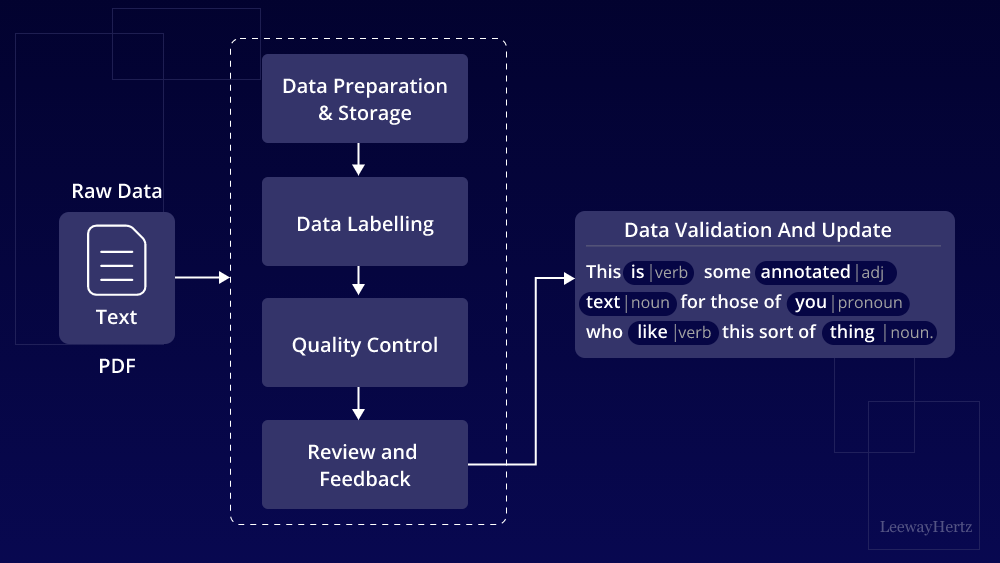Data Annotation Tools Market Share, Growth Analysis, and Outlook | 2035

The Data Annotation Tools Market Competition is a fierce and multi-layered battleground, characterized by a dynamic rivalry between different business models and technological approaches. The first major competitive front is between the pure-play SaaS software platforms and the managed, "human-in-the-loop" service providers. The SaaS platforms, like Labelbox and V7, compete on the basis of giving their customers' in-house teams the most powerful and efficient tools to manage their own labeling projects. They emphasize control, flexibility, and the power of their software. The managed service providers, like Appen and TELUS International, compete on a different value proposition. They offer to take the entire labeling process off the client's hands, leveraging their massive, globally-sourced workforces to deliver ready-to-use, high-quality labeled datasets. This is a classic "build vs. buy" or "tool vs. service" dilemma for customers. The choice often depends on the scale of the project, the sensitivity of the data, and the availability of in-house expertise.
The second competitive axis is the challenge posed by the major cloud providers' native annotation services. Amazon SageMaker Ground Truth, Google's Vertex AI Data Labeling, and Microsoft's Azure Machine Learning Data Labeling all offer integrated annotation capabilities. Their competitive advantage is convenience and ecosystem lock-in. For a company already heavily invested in a particular cloud platform, using the native labeling tool is the path of least resistance. It simplifies billing, IAM, and data transfer. This puts immense pressure on all third-party vendors, who must justify their existence by offering capabilities that are demonstrably superior to the "good enough" tools provided by the cloud giants. This often means providing more advanced tooling for specific data types, more sophisticated quality control features, or better support for multi-cloud environments.
A third, and increasingly important, competitive pressure comes from the maturation of powerful open-source data annotation tools like CVAT (Computer Vision Annotation Tool) and Label Studio. These tools, which are free to use and highly customizable, have become a popular choice for academic research labs, startups, and companies with strong internal engineering teams that are comfortable deploying and managing their own software. This presents a direct competitive threat to commercial software vendors, particularly in the lower end of the market. To compete, commercial vendors must offer a clear value proposition over the open-source alternatives, which typically includes enterprise-grade features like robust security and compliance, dedicated customer support, and a more polished, user-friendly experience. The competition is therefore not just between commercial vendors, but between different philosophies of software consumption and deployment. The Data Annotation Tools Market size is projected to grow to USD 96.13 Billion by 2035, exhibiting a CAGR of 18.71% during the forecast period 2025-2035.
Top Trending Reports -
- Art
- Causes
- Crafts
- Dance
- Drinks
- Film
- Fitness
- Food
- Jeux
- Gardening
- Health
- Domicile
- Literature
- Music
- Networking
- Autre
- Party
- Religion
- Shopping
- Sports
- Theater
- Wellness
